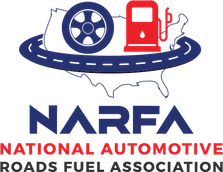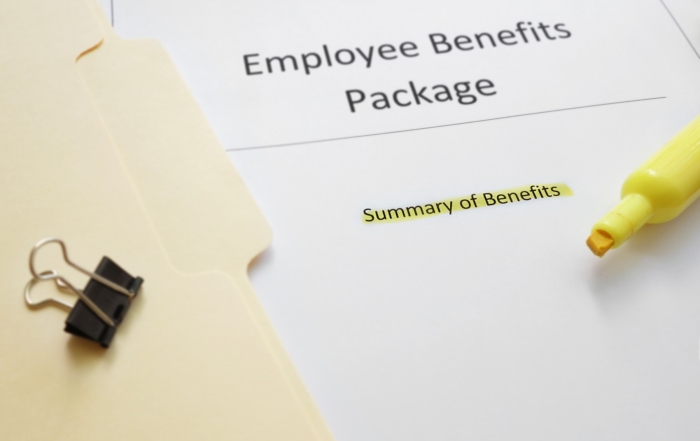What Is the No Surprises Act?
The No Surprises Act provides patients with protection from surprise medical bills under certain circumstances. It also mandates transparency regarding healthcare costs and holds patients liable for in-network cost-sharing amounts only.
Additionally, the legislation allows healthcare providers and insurers to negotiate reimbursement separately while insulating the patient from that process. It also includes a provision for an independent dispute resolution process if necessary. The Departments of Health and Human Services (HHS), Treasury, and Labor are tasked with issuing regulations and guidance to implement the No Surprises Act, most of which is set to go into effect on Jan. 1, 2022.
Understanding the No Surprises Act
Starting Jan. 1, 2022, it will be illegal for providers to bill patients for more than the in-network cost-sharing price if the patient did not choose or know that the service would come from an out-of-network provider.
In addition, certain nonemergency out-of-network ancillary services may not be billed beyond their in-network cost-sharing amount regardless of whether the patient received notice or consented to the service. This includes the following items and services: anesthesiology, pathology, radiology, neonatology, and laboratory services.
Nor can an out-of-network provider use the notice and consent process if there is no in-network provider available to furnish the item or service at the facility. The HHS secretary has the discretion to add or remove items and services through the rulemaking process.
In other words, the No Surprises Act requires health plans to treat surprise out-of-network services as if they were in-network when determining the amount they charge patients.
A surprise out-of-network service can occur when a patient is admitted for emergency or nonemergency treatment at an in-network medical facility and is treated by an out-of-network provider or service. This includes air ambulance service (but not ground ambulances). The Journal of the American Medical Association (JAMA) reports that one in five insured adults received a surprise medical bill in the past two years, and 18% of emergency room visits resulted in at least one surprise bill.
The legislation also creates a new arbitration process to determine how much insurers must pay out-of-network providers. If the provider is unhappy with the payment, it can initiate arbitration. The arbitrator must select between the final offers submitted by both the provider and the insurer.
On Sept. 16, 2021, HHS and other agencies published a notice of proposed rulemaking (NPRM) to implement and enforce provisions of the No Surprises Act. When finalized, these rules would establish, among other things, new procedures for enforcement of the No Surprises Act, including:
- Reporting requirements regarding air ambulance services
- Disclosures and reporting requirements regarding compensation to agents and brokers
- Procedures for enforcement of No Surprises Act provisions against providers, healthcare facilities, and providers of air ambulance services
- Disclosure and reporting requirements for health insurers
- Revisions to existing enforcement procedures
Requirements of the No Surprises Act
As with all legislation, the devil is in the details, which is where requirements in the form of Final Rules from the Department of Health and Human Services (HHS), the Department of Labor, and the Department of the Treasury, along with the Office of Personnel Management (OPM), come in. Requirements of and additional information on the No Surprises Act can be accessed on a special Center for Medicare and Medicaid Centers website titled: Ending Surprise Medical Bills.
The website contains an overview of the No Surprises Act rules, information on dispute resolution, and a full explanation of new protections offered to patients. The guidance was issued in two parts.
Part I, issued July 1, 2021, titled “Requirements Related to Surprise Billing; Part I,” restricts surprise balance billing for:
- Patients in job-based or individual health plans who get emergency care
- Nonemergency care by out-of-network providers at in-network facilities
- Air ambulance services provided by out-of-network providers
Part II, issued Sept. 30, 2021—and open for public comments until Dec. 6, 2021—provides additional protections against surprise medical bills, including:
- Establishing an independent dispute resolution process to determine out-of-network payment amounts between providers (including air ambulance providers) or facilities and health plans
- Requiring good-faith estimates of medical items or services for uninsured (or self-paying) individuals
- Establishing a patient-provider dispute resolution process for uninsured (or self-paying) individuals to determine payment amounts due to a provider or facility under certain circumstances
- Providing a way to appeal certain health plan decisions
Together, these rules lay the groundwork to provide consumers with protection against surprise billing, starting Jan. 1, 2022.
*Content from Investopedia was used in this post.
Recent Posts
The U.S. Department of Labor Announces Proposed Rule To Protect Indoor, Outdoor Workers From Extreme Heat
The U.S. Department of Labor has proposed a new rule aimed at protecting workers from extreme heat hazards. This initiative seeks to safeguard approximately 36 [...]
Supreme Court Overturns Chevron Deference: What It Means for Workplace Safety and Regulation
The landscape of federal regulation is set for a seismic shift following a recent Supreme Court decision. On June 28, in Loper Bright Enterprises, et [...]
Navigating the Compliance Maze: How NARFA Simplifies Employee Benefits for Automotive and Trade Industries
In today's complex regulatory environment, businesses in the automotive, roads, fuel, and related industries face unprecedented challenges in managing employee benefits. Recent studies show that [...]




